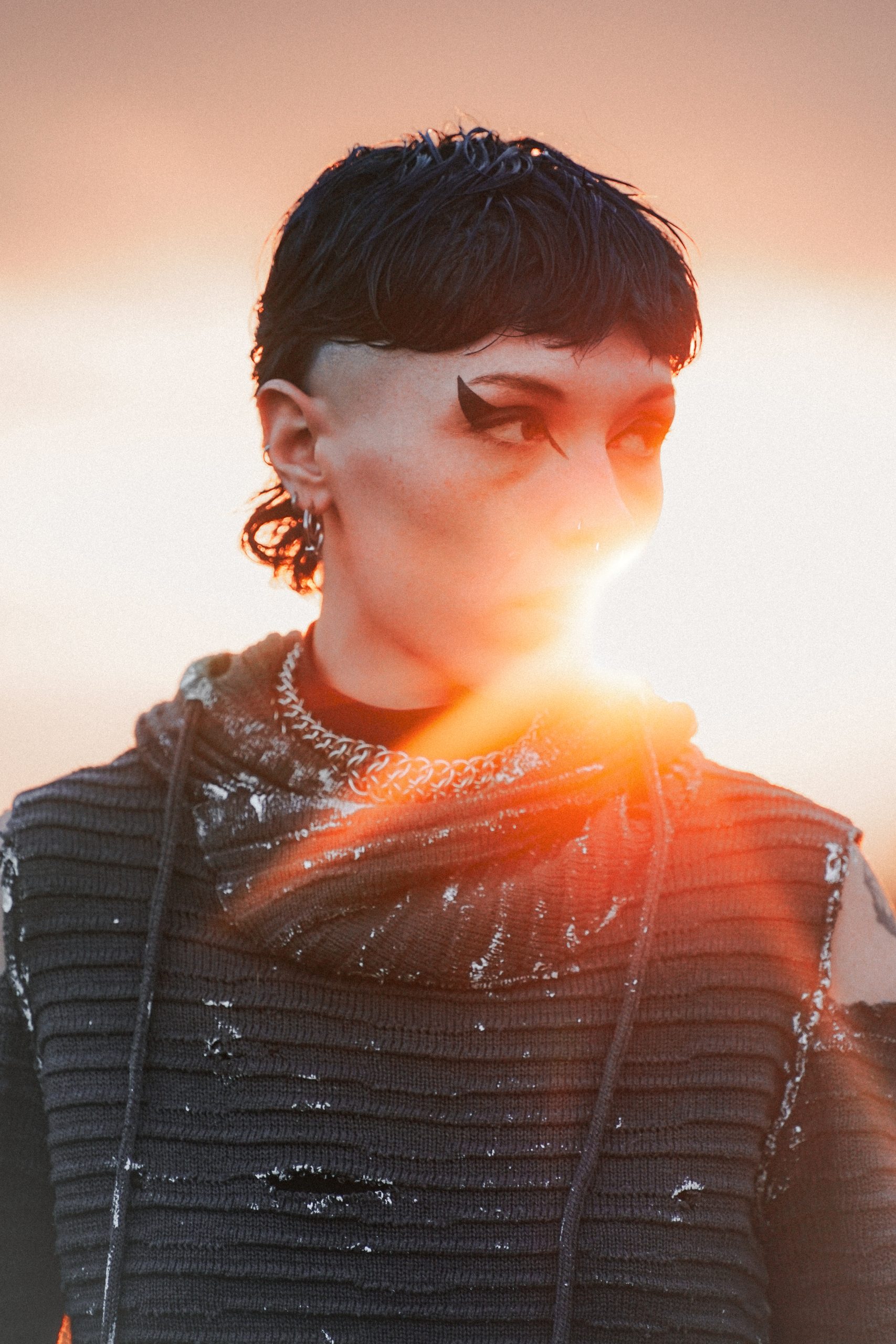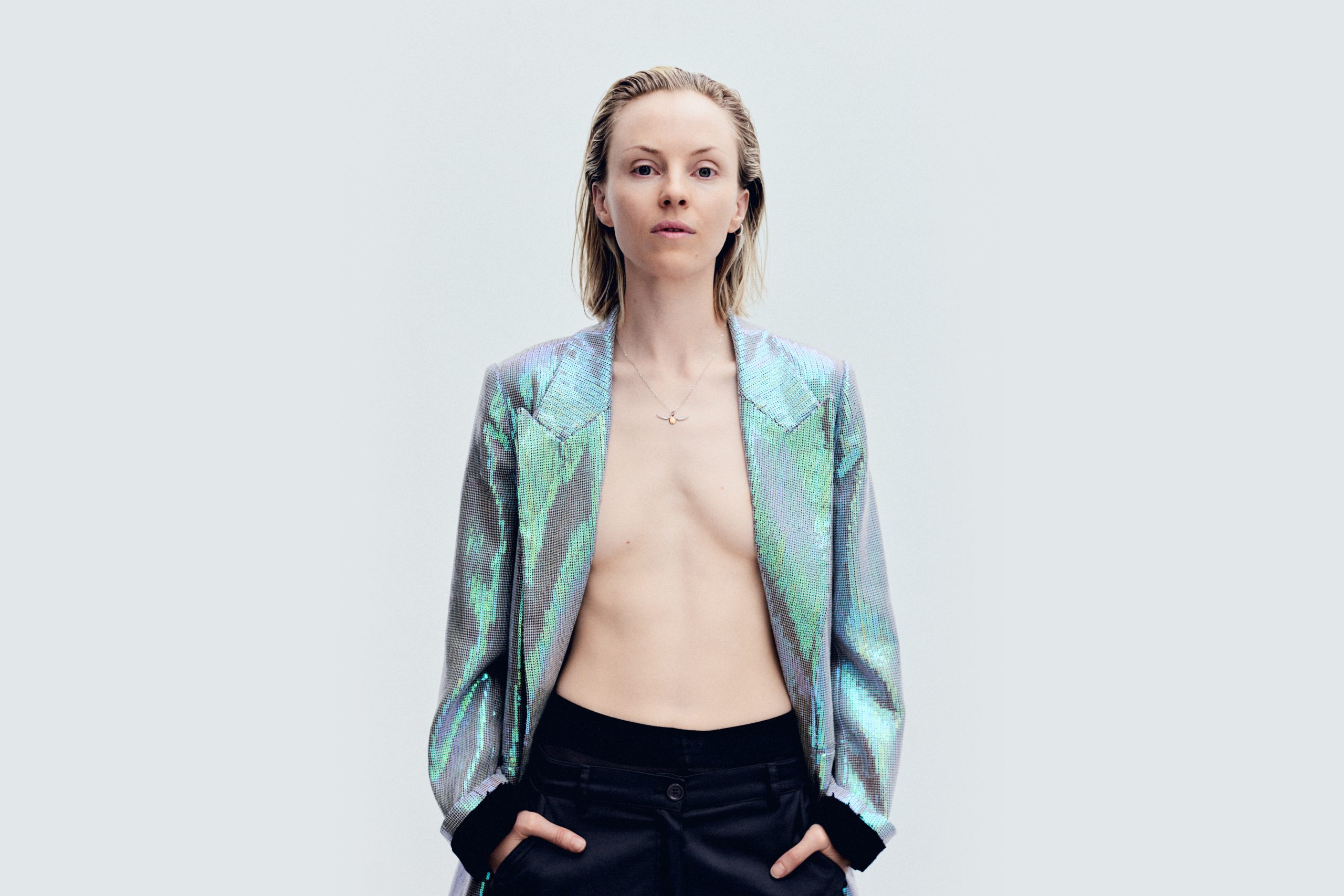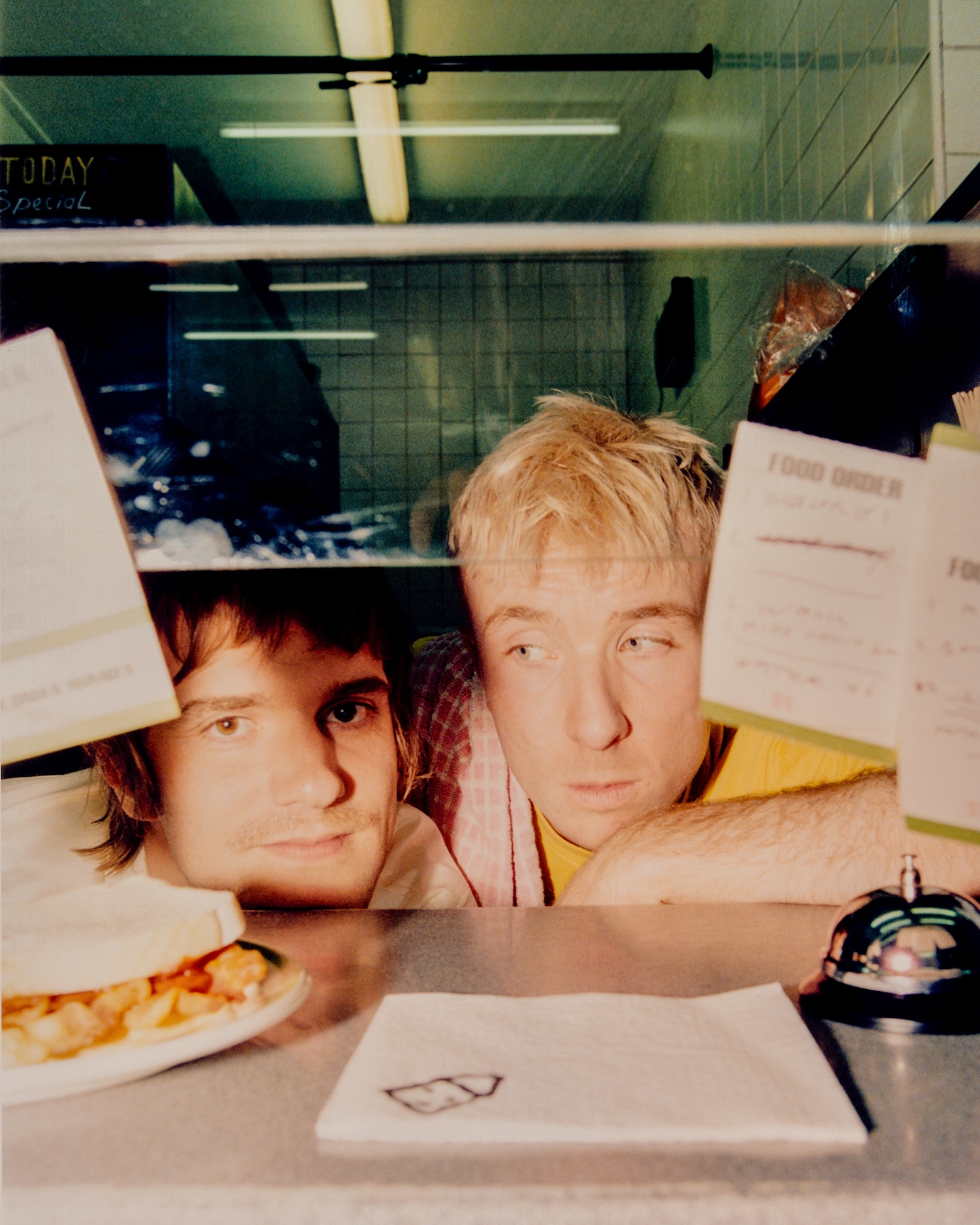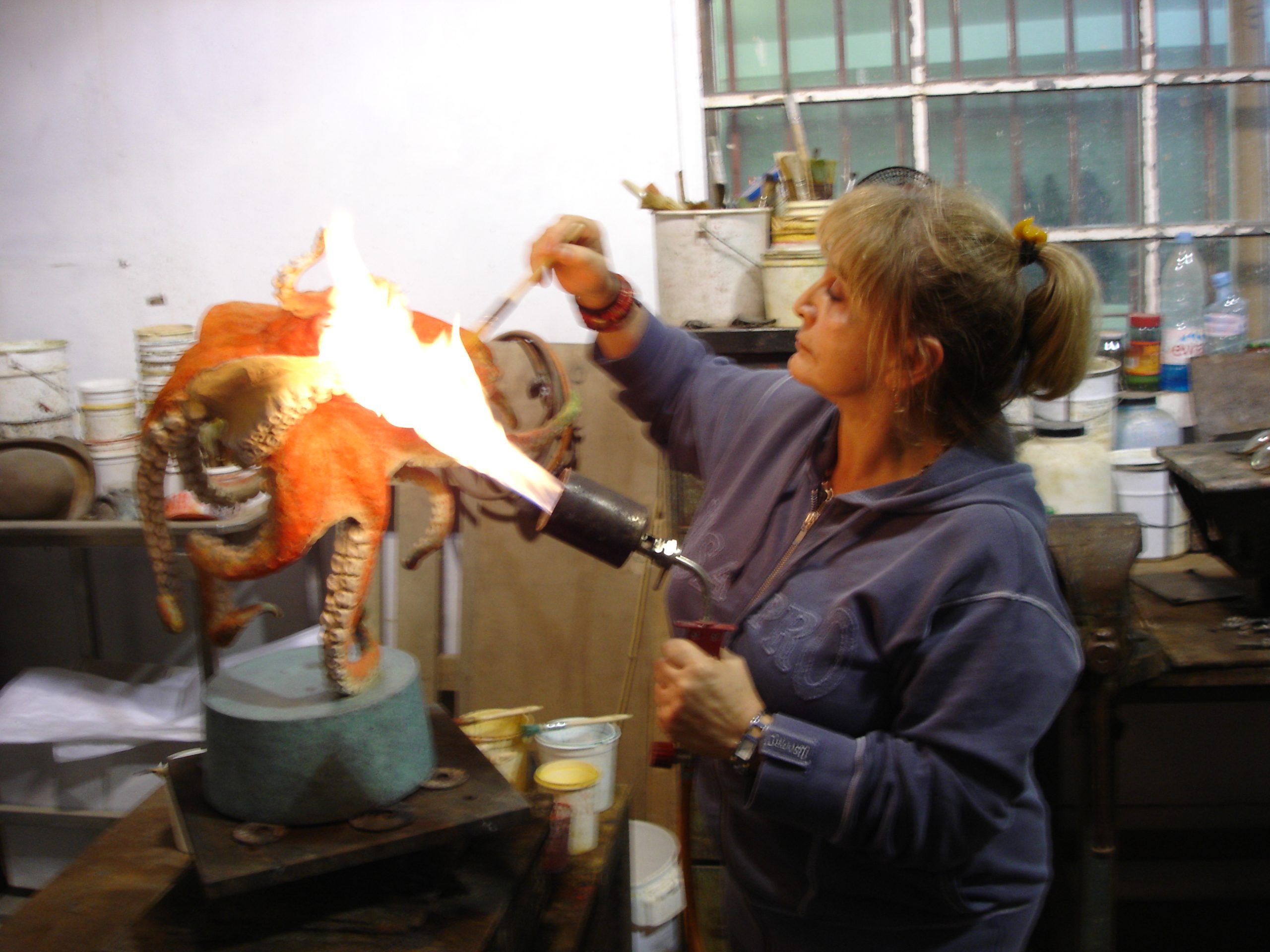So, you’ve got a fire track, maybe even a whole project, and you’re ready to bless the world with your sound. That’s dope. But let’s keep it 100 — just makin’ a banger ain’t enough.
If your music’s sittin’ on your hard drive, not out in the world, then it might as well not exist. And when it comes to music streaming services,
Spotify is the big dog. That’s where the fans are scrollin’, vibin’, and discoverin’ new artists every damn day.
But how do you get your music on Spotify?
Spoiler alert: you can’t just upload it directly like you would on SoundCloud or YouTube. Nah, fam — Spotify plays in the big leagues, and they got a whole system for this. You need a music distribution service to be your plug. That’s how your track makes it onto not just Spotify, but Apple Music, Amazon, Deezer, Tidal — the whole squad.
So let’s break it down. This is your step-by-step, no-BS guide to uploading your song to Spotify the right way, without all the industry jargon and confusion. Let’s get into it.
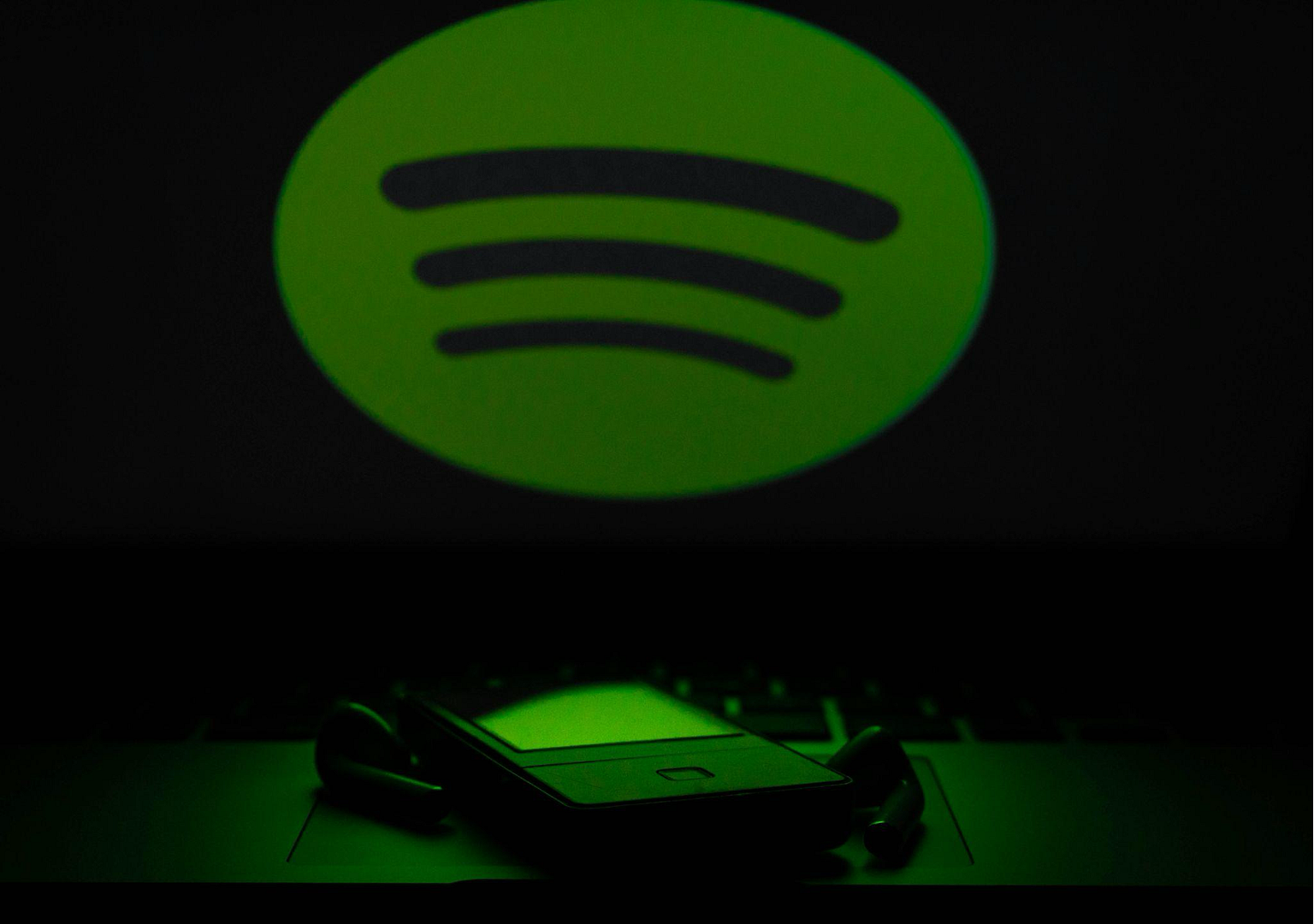
First Things First: You Need a Distributor
Alright, here’s the deal — Spotify doesn’t let regular folks upload music straight to the platform. They used to experiment with it a few years ago, but that idea got tossed. These days, if you wanna see your song sittin’ pretty on Spotify, you need a digital distributor.
Think of a distributor like your music’s Uber driver — they pick up your track and drop it off at Spotify’s doorstep. But it ain’t just Spotify. A good distributor will send your music to all the major platforms and maybe even handle stuff like collecting royalties, getting you on social media audio libraries (like Instagram Stories or TikTok), and hookin’ you up with pre-save links.
There’s a gang of distribution services out there — DistroKid, TuneCore, CD Baby, Amuse, RouteNote, Ditto, and more. Each one has their pros and cons, and depending on your budget and goals, some will fit better than others.
If you want a deep dive into which distributor might be best for your situation, check out this article:
👉 Best Music Distribution Services
They break it down real nice over there, comparing features, pricing, payouts, and everything you need to know before choosing your distro plug.
Setting Up Your Release: Don’t Skip the Details
Once you pick your distributor, you gotta upload your track to their platform and fill out a bunch of info. This part can feel a little boring, but trust — it matters.
You’ll need to enter:
- Your artist name (make sure it matches your Spotify profile exactly)
- The song title
- Featured artists (if any)
- The genre (don’t overthink it — just pick what fits best)
- The release date
- And you’ll need to upload the audio file (WAV is best quality) and cover art
Pro tip: make sure your cover art is high-quality and original. No blurry screenshots, no copyrighted stuff, and definitely no janky Canva rush jobs (unless you know what you’re doin’). This is your first impression — make it count.
Also, plan your release date ahead of time. Give yourself at least 2–3 weeks lead time so you can pitch to Spotify playlists and promote your drop properly.
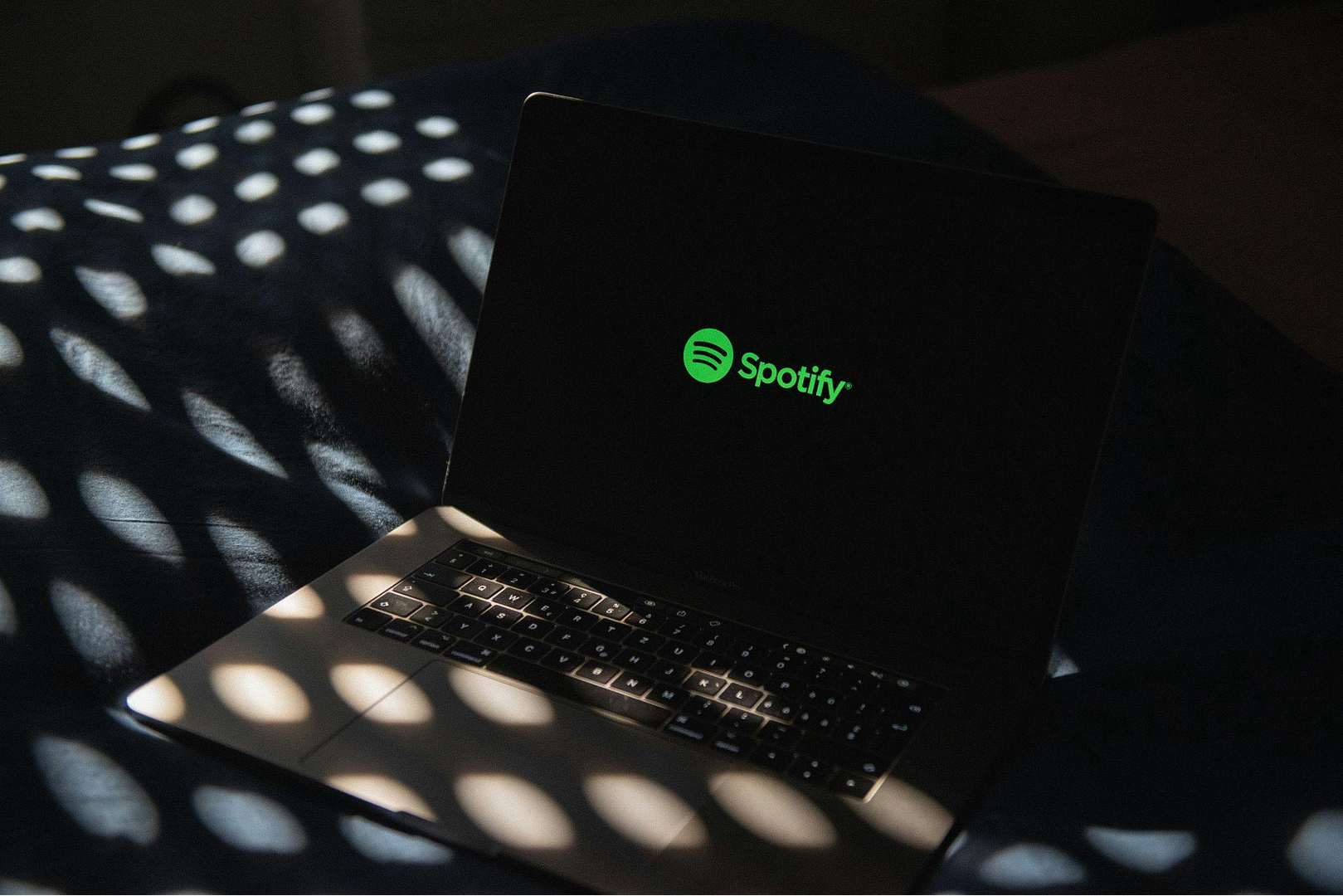
Claim Your Spotify for Artists Profile
Once your distributor does their thing and your track is scheduled to drop, you can go claim your Spotify for Artistsaccount. This is basically your artist dashboard on Spotify where you can:
- Update your bio and photos
- See how your songs are performing
- Track streams, listeners, and followers
- Pitch your unreleased songs to Spotify’s editorial playlists
Yeah, you heard that right — you can pitch your song directly to Spotify’s curators. But you gotta do it at least a week before release, and only if your distributor delivers the track early. That’s another reason why planning ahead is crucial.
Spotify’s editorial playlists are huge. We’re talkin’ playlists with millions of followers. Gettin’ on one of those? Life-changing.
How Much Does Spotify Actually Pay Per Stream?
Alright, let’s get real for a sec. How much are you gonna make from streams?
The honest answer: not a whole lot — at least not at first.
Spotify pays roughly $0.003 to $0.005 per stream. That’s less than half a penny. So if you’re dreamin’ of buying a Lambo off your first drop, you might wanna slow your roll.
Here’s a rough breakdown:
- 1,000 streams = $3 to $5
- 10,000 streams = $30 to $50
- 100,000 streams = $300 to $500
- 1,000,000 streams = $3,000 to $5,000
But keep in mind, that payout gets split between whoever owns the master (you or your label), the songwriters (you again, hopefully), and your distributor (depending on their deal — some take a cut, some don’t).
If you’re independent and own all your rights, then that money’s all yours. But it still ain’t baller status. That’s why artists gotta think beyond just streams — merch, live shows, sync deals, brand collabs — that’s where the real bag lives.
Still, Spotify streams are important. They build your presence, grow your fanbase, and open doors. Just don’t expect to get rich off streams alone.
What About Getting on Playlists?
Playlist placement is like gold in the streaming world. Whether it’s editorial playlists curated by Spotify, algorithmic playlists like Discover Weekly or Release Radar, or user-curated playlists, they all matter.
To boost your chances:
- Pitch your unreleased song through Spotify for Artists
- Promote your song outside of Spotify (TikTok, IG Reels, YouTube Shorts — all that)
- Submit to independent curators (you can use platforms like One Submit, SubmitHub, or Groover to get placements on niche playlists)
- Stay consistent. The algorithm loves artists who drop regularly.
Oh, and don’t sleep on that pre-save game. Get fans to pre-save your song before it drops — it shows Spotify there’s interest, and it could help you land on Release Radar when your track goes live.
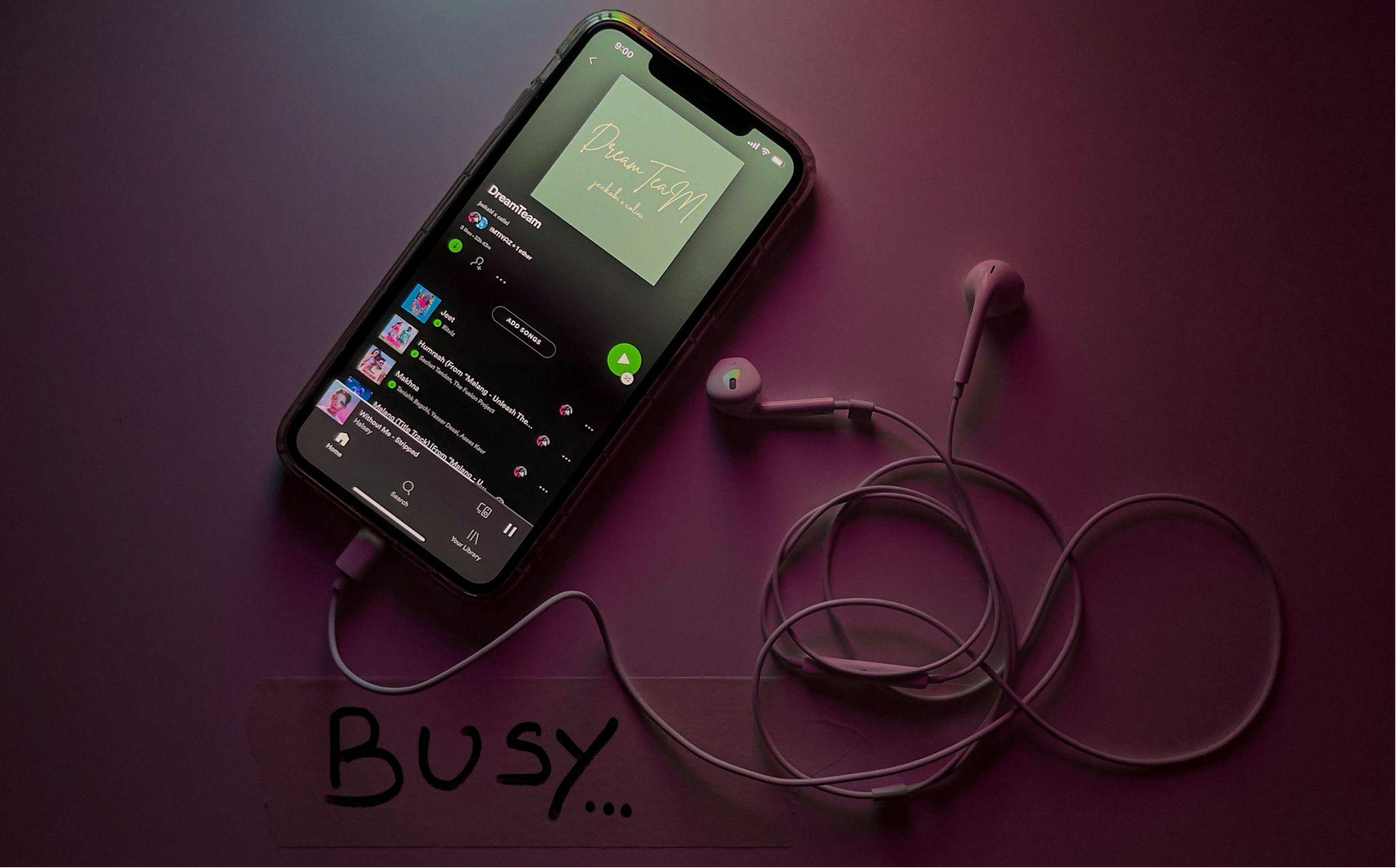
Watch Your Stats and Level Up
After your song’s out, keep an eye on your stats. Use Spotify for Artists to see where your listeners are, what cities they’re in, how they’re finding your music, and which songs they’re vibin’ with most.
This data is gold, especially when you’re plannin’ your next release or even tour dates. If your song is poppin’ off in Dallas or Berlin, now you know where to target your ads, build your fanbase, or book shows in the future.
And don’t forget: engage with your listeners. If someone shares your song on IG Stories or tags you in a TikTok, repost it, comment, show love. Building that connection is key to long-term success.
Final Thoughts: Keep Droppin’, Keep Growin’
Getting your song, on Spotify is the start of the journey a crucial first step that kicks off a lengthy process of hard work and dedication to promoting your music and establishing your brand while expanding your fan base.
A reminder that your initial posts may not become an instant hit online. It’s all part of the process!
Just stay consistent, learn with every release, and keep pushin’. Every stream, every playlist add, every new follower is progress.
So yeah, don’t overthink it. Pick the right distributor, drop your heat, promote it smart, and run it up.

